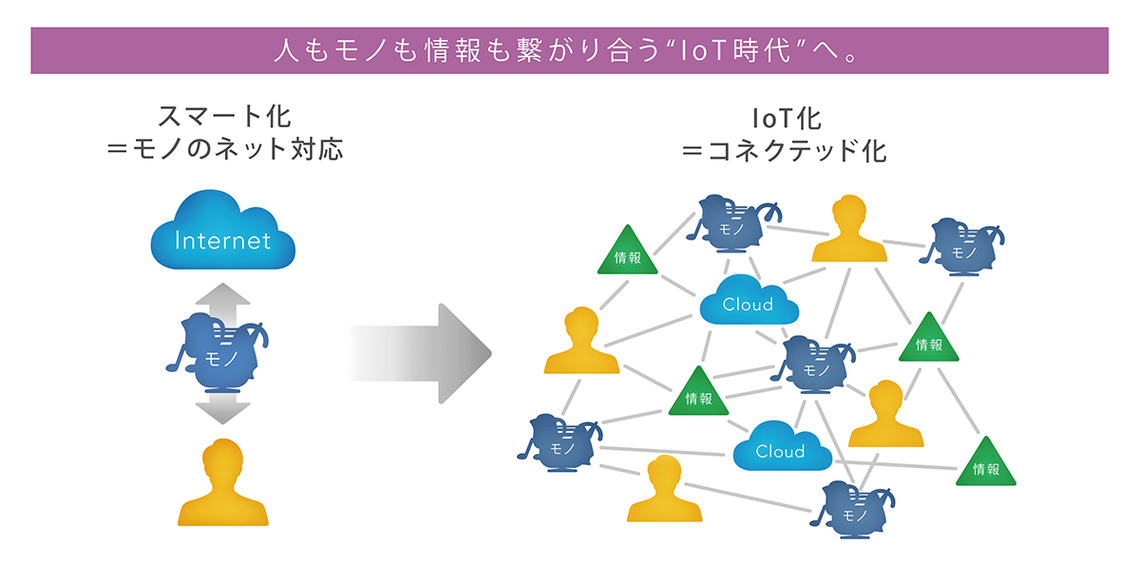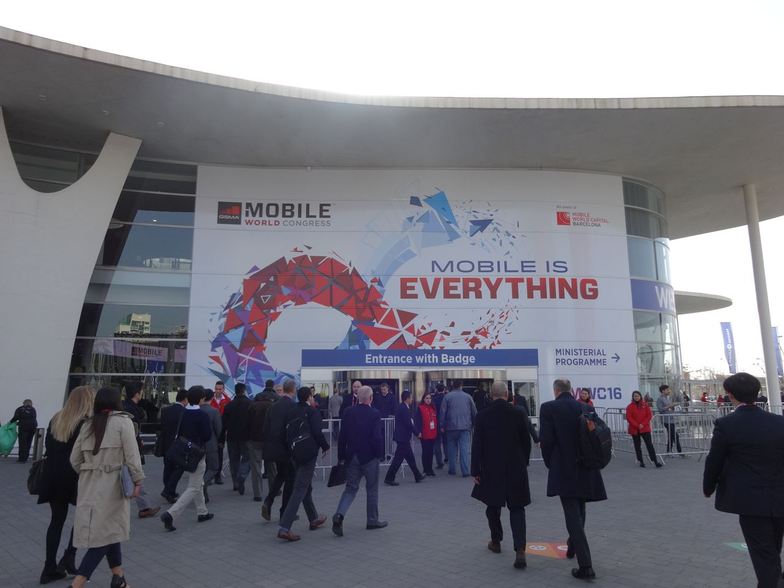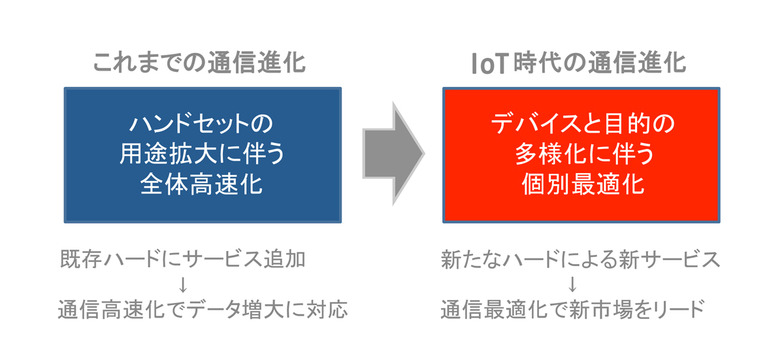I am Yoshida, leader of two cross-functional internal units: the "Dentsu Inc. Mobile Project," which gathers insights on IT usage patterns, and "Dentsu Inc. SumaPura," specializing in smartphone domain planning. Since 2011, I have attended the global IT festivals CES and MWC annually, primarily observing from a mobile perspective. Over these six years, I have felt firsthand how dramatically the world has changed.
MWC 2016, in particular, revealed a major shift in the direction of communication evolution, making it the most fascinating and memorable event yet. The driving force behind this change is the response to IoT. We are witnessing tectonic shifts in the communication landscape as we move toward an era where everything is connected. I want to share this strong sense of reality I gained this time.
Incidentally, as you know, CES is the world's largest consumer electronics trade show, and in recent years it has also become known as an IT festival. On the other hand, MWC stands for Mobile World Congress, the world's largest mobile event hosted by the GSMA, the industry group that sets communication standards. Until a few years ago, attendance was limited to mobile industry professionals like telecom and government officials. However, the proliferation of smart devices and the rise of IoT have rapidly increased its prominence, with this year's attendance reaching a record high of over 100,000 visitors.
Issues Revealed at CES 2016: Devices Keep Pace with Sensor and AI Advancements, But What About the Communication Environment?
Last year's CES marked a clear shift from "smartification"—where individual objects connect to the internet—to "IoT," where diverse objects connect directly with each other, ushering in the connected era. This year's CES 2016 accelerated that trend, with categories like VR (Virtual Reality), robotics, and drones generating particularly high levels of excitement and discussion.
Looking at these new devices holistically, a crucial commonality emerges: the evolution of sensors, which digitize the real world, and AI, which recognizes and judges the real world, is driving device evolution. Sensors are diversifying, ranging from dynamic sensors like pulse and acceleration to those scanning physical objects, with each advancing in precision and miniaturization. AI is being actively utilized not only to differentiate device functionality but, more significantly, to create tangible features like user-specific customization and timely information delivery.
However, I realized that the underlying infrastructure—such as the communication environment needed to leverage these ever-evolving devices—is still insufficient. Simply connecting sensors and AI to devices creates isolated "points." While elevating them to a category forms a "block," this approach alone cannot achieve full connectivity. Leaving CES, I was left with a strong sense that the necessary environmental infrastructure remains lacking for widespread adoption.
The Rapid Businessization of 5G Initiatives
Then came MWC 2016. There, I witnessed a dramatic increase in 5G-related exhibits, which had been few and far between just the previous year. While discussions last year already pointed to the need for 5G's expanded capacity to accommodate the hundreds of billions of IoT devices expected in the coming years, this year featured a noticeable shift towards rapid business-oriented initiatives and proposals. Notably, European telecom operators, previously hesitant about investing in 4G (LTE), were now collectively promoting 5G initiatives and IoT solutions, signaling their confidence in renewed growth.
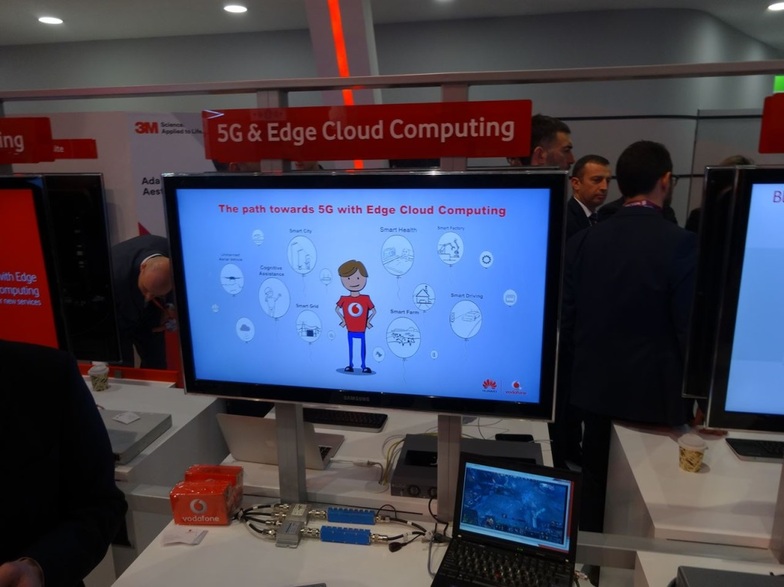
Vodafone showcasing 5G & Edge Cloud for the IoT era
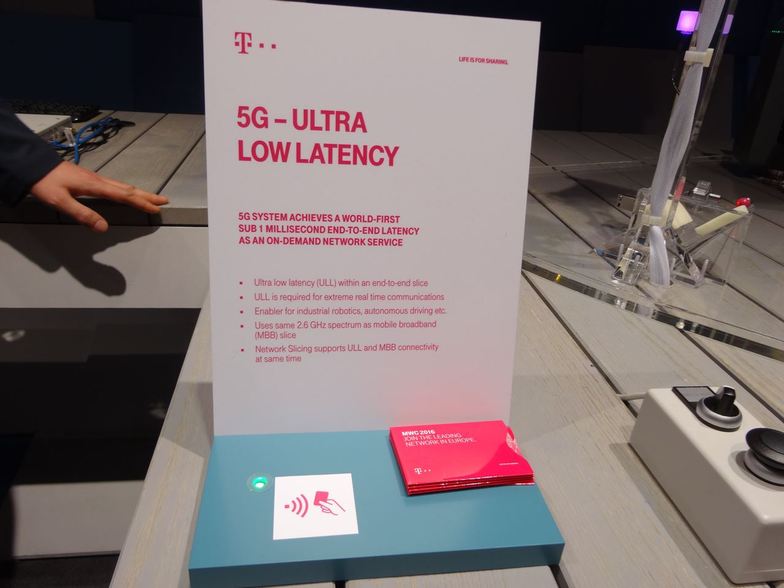
Deutsche Telekom highlighting the ultra-low latency enabled by 5G
In developed countries, the penetration rate of mobile handsets (mobile devices held by people, such as cell phones and smartphones) has exceeded 100% in most places, and the growth potential for ARPU (average revenue per user) is clearly limited. This means revenue growth in the main business area, the handset market, has nearly reached its ceiling. Consequently, business decisions will inevitably lean toward restraining additional investment and maximizing what can be achieved with existing infrastructure and services. However, the fact that many carriers have begun actively pursuing next-generation standards and solutions for IoT devices beyond handsets demonstrates their conviction that this area will clearly generate new revenue. The world was already moving to build an IoT environment.
What became clear at MWC 2016 was that the industry had entered a phase where evolution could no longer focus solely on speed, as it had with handsets. Instead, it must shift towards individual optimization for each IoT device and service (application). Seeing many telecom-related companies, including European carriers, begin initiatives towards this goal was incredibly interesting and exciting for someone involved in the telecom industry.
So, what does it mean to optimize communication specifications for each service—that is, to optimize communications for the IoT environment?
The latter part will explain this through concrete examples.



